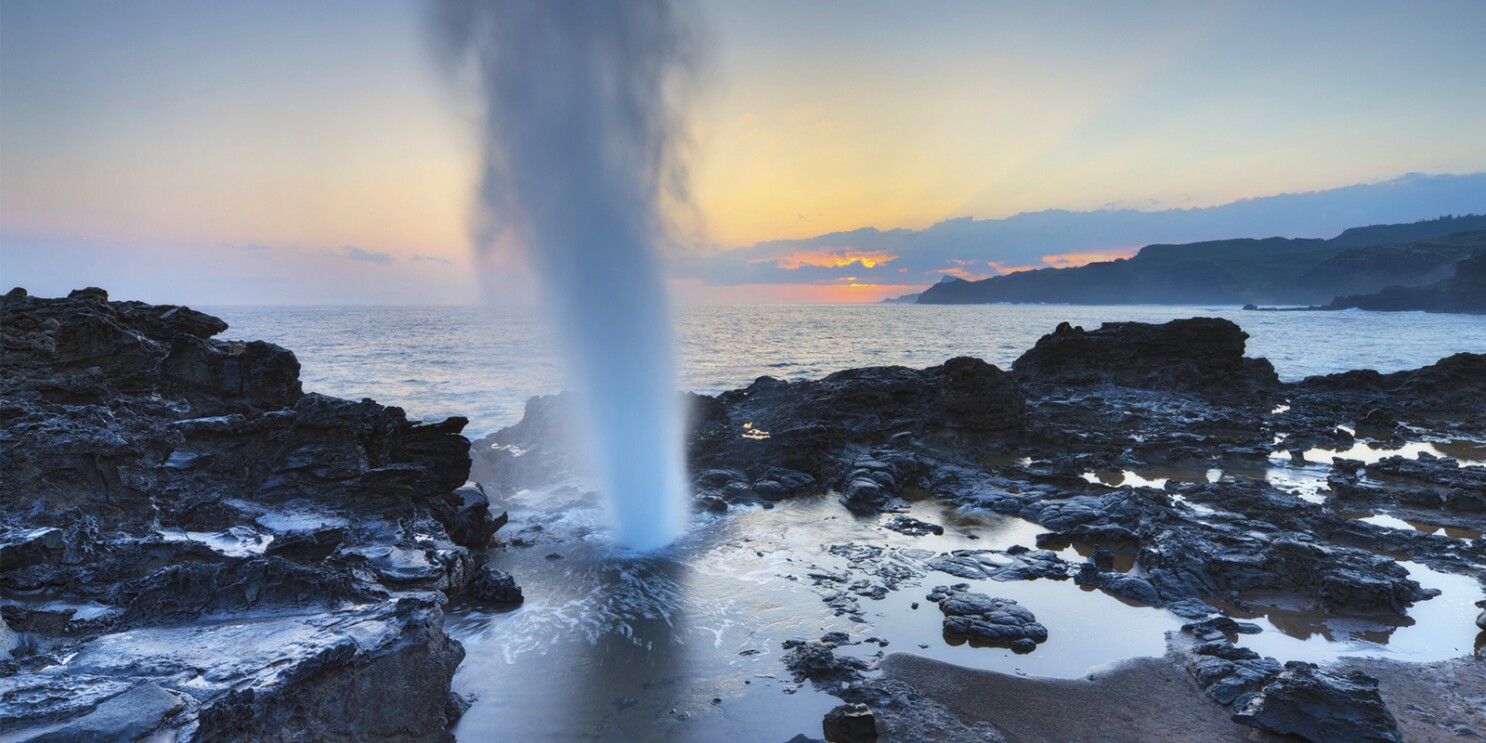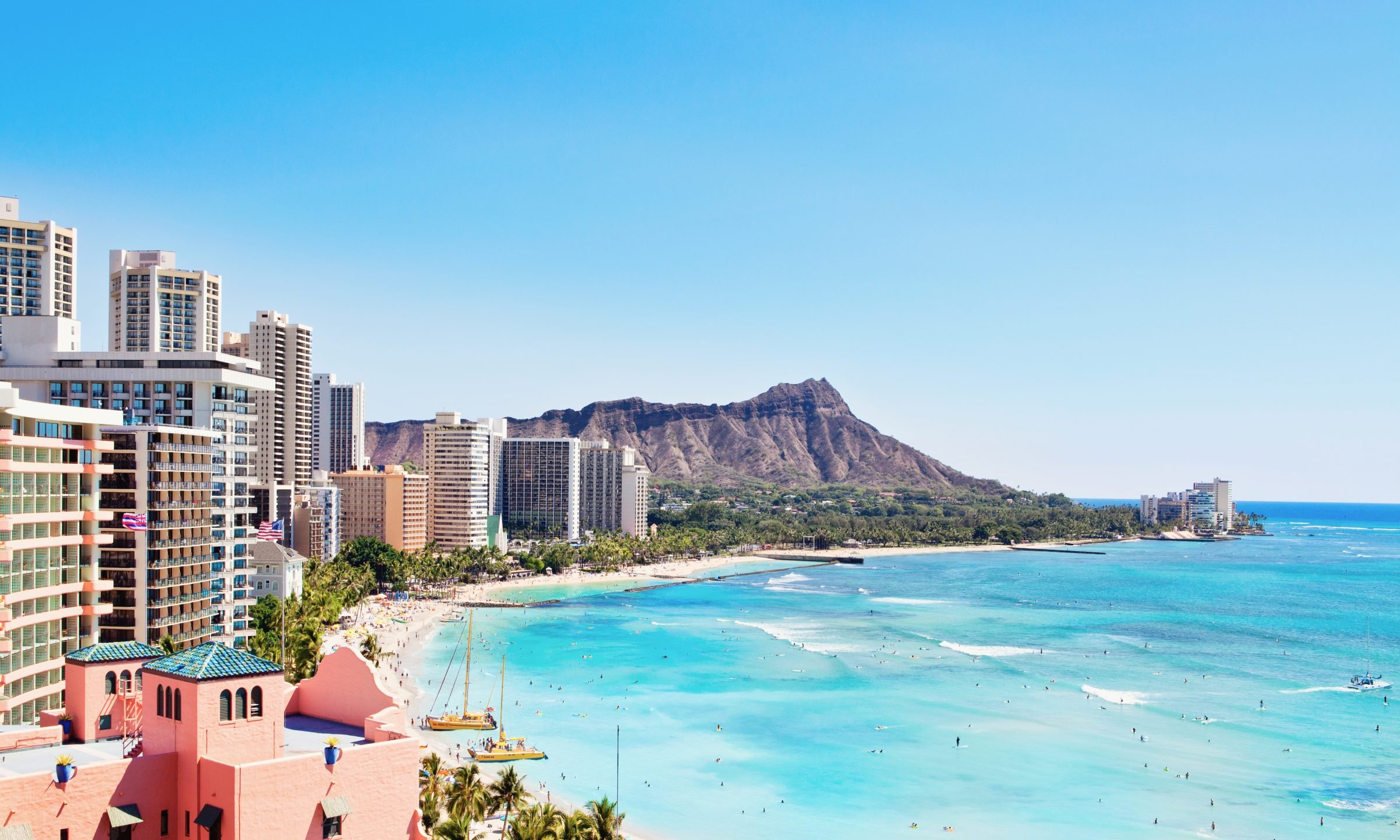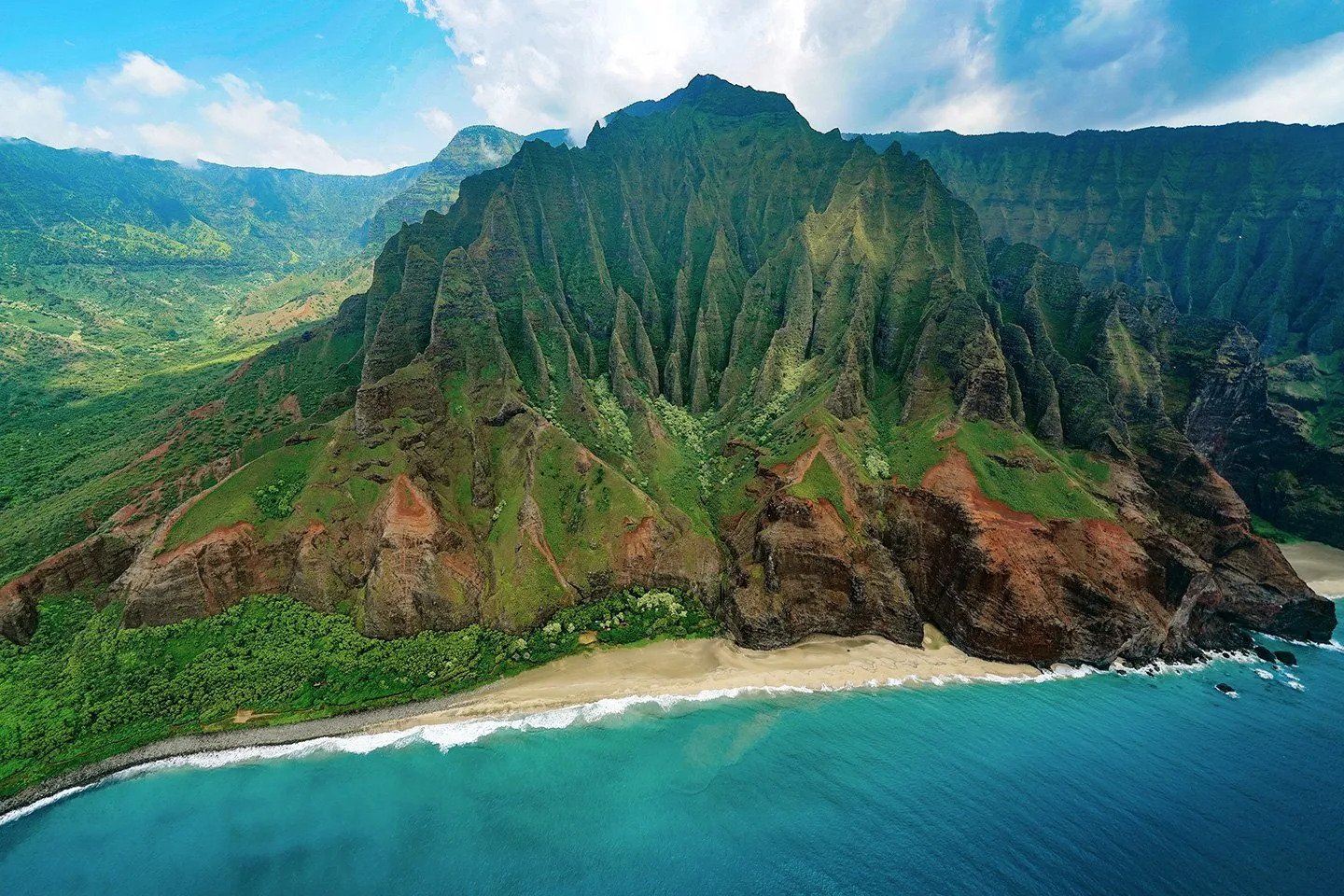When you think of Hawaii, your mind likely drifts to pristine beaches, vibrant sunsets, and lush landscapes. However, one of the island’s most mesmerizing natural wonders is the blowhole. Blowhole Hawaii is not just a single location; it represents a phenomenon that draws visitors from around the world, offering them a chance to witness nature’s power up close. In this article, we will explore the blowhole phenomenon in detail, its locations, how they work, safety tips, and what you can expect during your visit.
What is a Blowhole?
A blowhole is a natural water feature found along coastlines, particularly in volcanic regions. It is formed when ocean water rushes into a sea cave and is forced upwards through a narrow opening in the rock. As waves crash against the rocks, the pressure builds, and the water is expelled with a powerful force, creating a spectacular display. The result is a tall spray of water that can shoot several feet into the air, much like a geyser.
How Blowholes are Formed
The formation of a blowhole begins with the erosion of coastal rocks, often due to the relentless pounding of ocean waves. Over time, the waves create a cave or hollow area beneath the surface. When the ocean swells push water into the cave, it builds pressure until the water finds an escape route, usually through a narrow opening at the surface. The more powerful the waves, the higher the water is likely to be expelled. This cycle continues as long as conditions are favorable, making blowholes an exciting natural phenomenon to witness.
Famous Blowholes in Hawaii
Hawaii is home to several famous blowholes, each offering a unique experience. Here are some of the most well-known blowholes you can visit while exploring the islands:
1. Halona Blowhole
Located on the southeastern coast of Oahu, the Halona Blowhole is one of Hawaii’s most popular blowholes. It’s easily accessible from the scenic Halona Blowhole Lookout, which provides stunning views of the ocean and the surrounding coastline. The blowhole itself is about 30 feet tall, and during high surf, it can shoot water up to 100 feet into the air. The best time to visit is during the morning or late afternoon when the sun casts beautiful light over the ocean.
2. Nakalele Blowhole
On the island of Maui, the Nakalele Blowhole is another breathtaking sight. It is located near the scenic Nakalele Point, about 30 minutes from Lahaina. The blowhole is accessible via a short hike down a rocky path, and the views along the way are absolutely stunning. When conditions are right, the Nakalele Blowhole can reach impressive heights, and the surrounding cliffs provide an excellent vantage point for photography. Be cautious, though, as the area can be slippery.
3. La Perouse Bay Blowhole
This lesser-known blowhole is located near the southern tip of Maui, close to La Perouse Bay. It is surrounded by unique lava rock formations and offers a more secluded experience compared to other blowholes. The area is less crowded, allowing you to enjoy the beauty of the blowhole and the surrounding landscape in peace. The water can shoot up quite high during peak surf, making it a fantastic spot for adventurous visitors. You can also read this :Resorts in Hawaii All Inclusive: Your Ultimate Getaway Awaits
The Science Behind Blowholes
Understanding the science behind blowholes can deepen your appreciation for this natural wonder. The formation of a blowhole involves several factors, including wave action, pressure, and rock structure. Here’s a closer look at how these elements come together:
Wave Action
The ocean’s waves are the primary force behind a blowhole. When waves crash against the shore, they generate energy that travels through the water. This energy is transferred to the rocks, causing them to erode and create openings over time. The intensity of the waves directly influences how much water is forced into the blowhole and how high it will spray.
Pressure Build-Up
As waves enter the cave, they create pressure that builds up behind the narrow opening. When the pressure reaches a critical point, the water is expelled forcefully through the blowhole. This phenomenon can vary depending on the size of the opening and the volume of water being pushed into the cave.
Rock Structure
The geological makeup of the area is also essential for the formation of blowholes. The best locations for blowholes are often found in volcanic regions, where the rock is porous and can be easily eroded by wave action. The unique formations created by volcanic activity contribute to the spectacular displays seen at these natural wonders.
Safety Tips for Visiting Blowholes
While witnessing a blowhole is an unforgettable experience, safety should always be a priority. Here are some essential safety tips to keep in mind when visiting a blowhole in Hawaii:
Stay at a Safe Distance
Always maintain a safe distance from the blowhole. The water can shoot up unexpectedly and with great force, so it’s best to stay behind any safety barriers and heed warning signs. Never lean over the edge or try to get too close to the blowhole, especially during high surf conditions.
Be Aware of Your Surroundings
The rocky terrain near blowholes can be slippery and uneven. Watch your step and be cautious when walking around these areas. Wear sturdy shoes and be mindful of the waves, as they can crash unexpectedly.
Check the Conditions
Before heading out, check the ocean conditions and weather forecasts. High surf warnings or stormy weather can increase the risk of dangerous waves and blowhole activity. If conditions seem unsafe, it’s best to wait for another time.
Follow Local Guidelines
Always respect local guidelines and rules when visiting natural attractions. Some areas may have specific regulations regarding access and safety. If you’re unsure, ask a local or refer to official guidelines.
Best Times to Visit Blowholes
The timing of your visit can significantly impact your experience at a blowhole. Here are some tips on when to visit for the best experience:
Early Morning or Late Afternoon
The best times to visit blowholes are during the early morning or late afternoon. During these times, the lighting is often softer, making for stunning photographs. Additionally, the ocean tends to be calmer, allowing for better visibility of the blowhole activity.
Check the Surf Conditions
Before your visit, check the surf conditions. Higher surf typically results in more impressive blowhole activity. Many local websites and surf reports provide information about current conditions, which can help you plan your visit accordingly.
Off-Peak Seasons
Consider visiting during off-peak tourist seasons to avoid crowds. This can enhance your experience, allowing you to enjoy the beauty of the blowhole in a more tranquil setting. In Hawaii, the shoulder seasons (spring and fall) are often less crowded, providing a perfect opportunity to explore.
Cultural Significance of Blowholes in Hawaii
In addition to their natural beauty, blowholes hold cultural significance in Hawaiian history and folklore. Native Hawaiians have long regarded these natural formations with reverence. Here’s a glimpse into the cultural aspects of blowholes:
Hawaiian Legends
Many blowholes are associated with Hawaiian legends and stories. For example, some local legends tell of powerful ocean gods who use blowholes as a means of communication with the land. These stories reflect the deep connection between the people of Hawaii and their natural environment.
Sign of Fertility
In some Hawaiian cultures, blowholes are seen as symbols of fertility. The powerful sprays of water can represent life and vitality. This belief is often reflected in traditional ceremonies and practices that honor the ocean and its forces.
Environmental Education
Today, blowholes serve as essential sites for environmental education. They offer visitors a unique opportunity to learn about geology, oceanography, and the importance of preserving natural ecosystems. Many organizations and parks provide information about the science behind blowholes and their role in the coastal environment.
Exploring Other Natural Wonders in Hawaii
While blowholes are a stunning highlight, Hawaii is home to many other natural wonders worth exploring. Here are a few additional sites you may want to visit during your trip:
Waterfalls
Hawaii is famous for its breathtaking waterfalls, many of which are accessible through hiking trails. Some of the most popular waterfalls include:
- Akaka Falls on the Big Island, a stunning 442-foot waterfall surrounded by lush rainforest.
- Wailua Falls on Kauai, known for its picturesque views and accessibility.
Lava Tubes
Exploring lava tubes is another exciting adventure. These natural tunnels were formed by flowing lava and provide a unique glimpse into Hawaii’s volcanic past. Notable lava tubes include the Thurston Lava Tube in Volcanoes National Park on the Big Island.
Beaches
Of course, no trip to Hawaii would be complete without visiting its famous beaches. From the golden sands of Waikiki Beach to the black sands of Punalu’u Beach, there’s a beach for everyone to enjoy. Each beach has its own unique features and charm, offering visitors endless opportunities for relaxation and fun.
Frequently Asked Questions About Blowholes in Hawaii
What causes a blowhole to erupt?
A blowhole erupts when ocean waves force water into a sea cave, building pressure until the water is expelled through a narrow opening in the rock.
Can I get wet from a blowhole?
Yes, standing too close to a blowhole can result in getting splashed. It’s essential to maintain a safe distance for your safety.
Are blowholes active all the time?
Blowholes are most active during high surf conditions. The energy from the waves contributes to the impressive displays, so timing your visit is key.
Can I visit a blowhole during bad weather?
It’s not advisable to visit a blowhole during stormy or high surf conditions, as this can be dangerous. Always check weather reports before heading out.
Are there any blowholes on all Hawaiian islands?
While some islands have notable blowholes, the most famous ones are found on Oahu and Maui. Each island offers its own unique natural attractions.
Conclusion
Blowhole Hawaii represents one of nature’s most impressive displays, combining beauty, power, and a rich cultural background. Whether you’re standing at the edge of the Halona Blowhole on Oahu or witnessing the Nakalele Blowhole on Maui, the experience is sure to leave a lasting impression. Remember to prioritize safety, respect the environment, and immerse yourself in the unique culture that surrounds these natural wonders. Enjoy your exploration of Hawaii’s breathtaking landscapes and create unforgettable memories along the way!
For more information about Hawaii and its attractions, feel free to visit Hawaiian Page.



